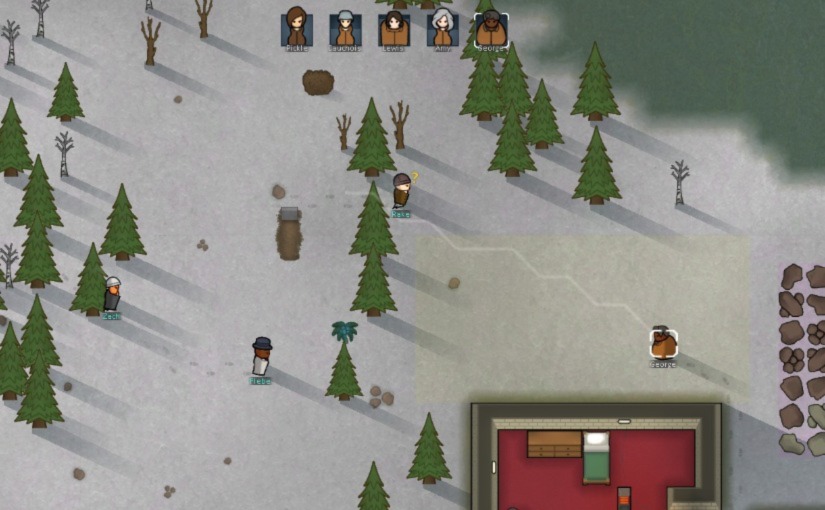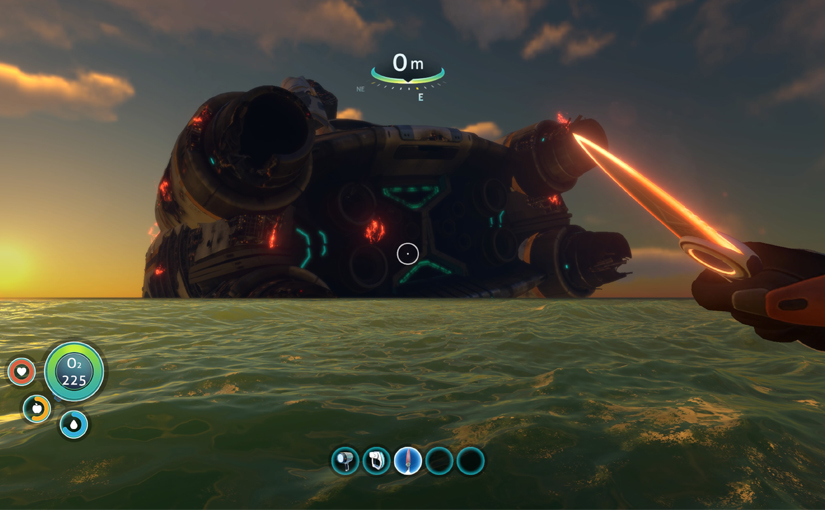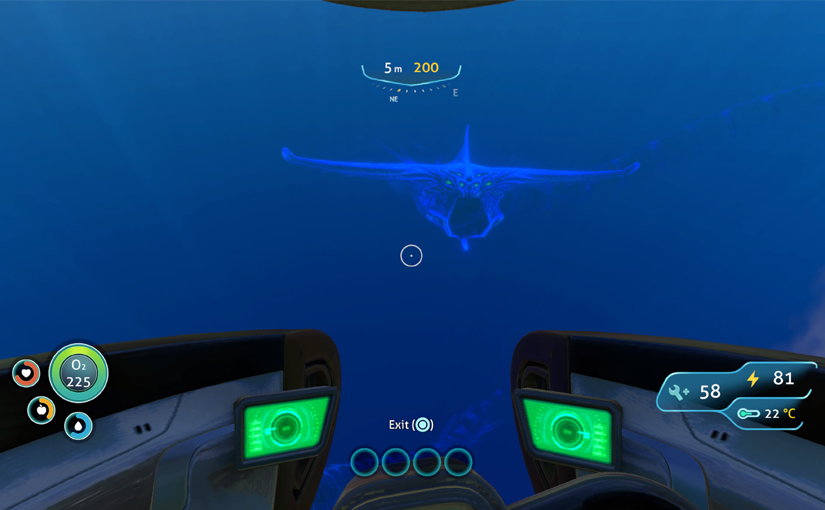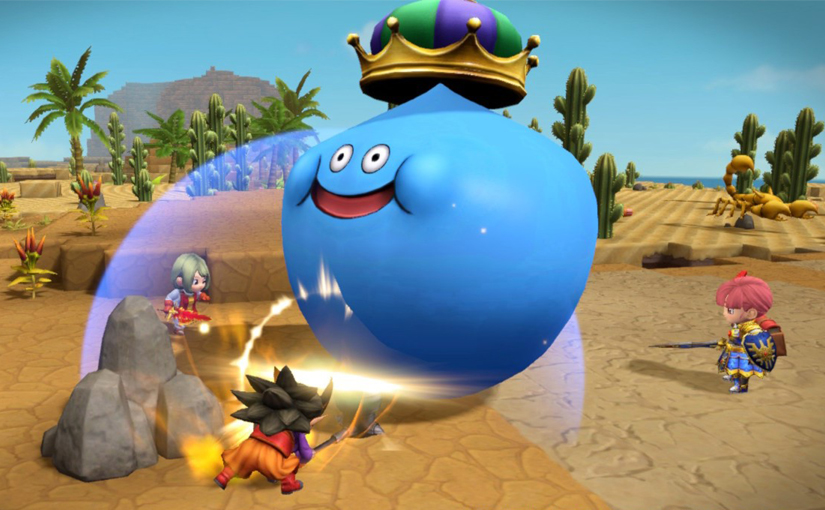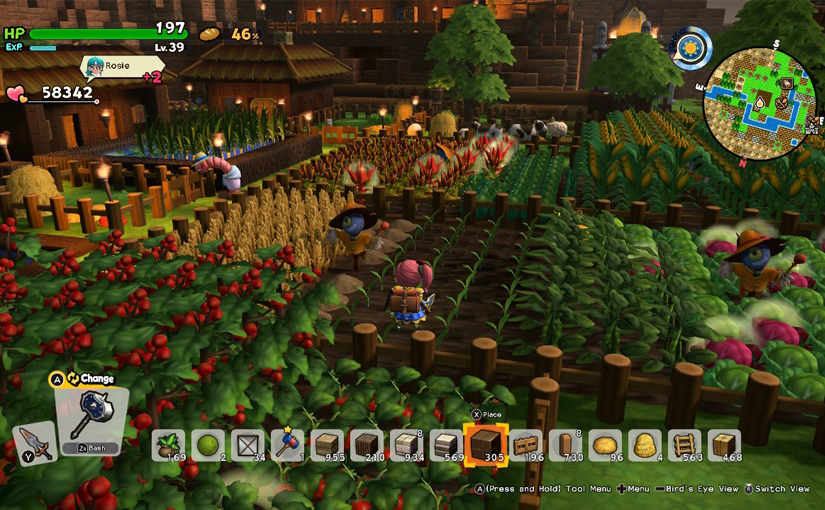The Harrowing Trials and Tribulations of the Potato People
I held off on playing RimWorld for years after it first started showing up in my Steam discovery queue and my suggested YouTube videos. In terms of gameplay and premise, it was right up my street, but the visuals always turned me off. Don’t get me wrong, I’m not some shallow ingrate concerned only with aesthetics, but a large part of the appeal of sim games for me is the visual interest of watching your settlement, theme park, zoo or other grow, and viewing the interactions of the denizens within. I can while away hours watching a junction in Cities: Skylines, for example, just observing as the traffic builds up, then filters through, then builds up, then filters through. Edit a junction or change a stretch of road, watch how it changes the flow. Watch the traffic build up, then filter through. I have a full and productive life.
Anyway, it was the hilariously and informatively presented videos of a YouTuber called ambiguousamphibian that finally caused me to take the plunge. 30 hours of gameplay later, here are my initial thoughts.
I really don’t like the visuals. Nothing has legs or arms, and everyone looks like a little potato person. Sometimes a colonist will have interesting hair, giving them some visual character, but then they’ll immediately put a hat on so that they look like a little potato man again. When they get shot or stabbed or scratched by cougars, cuts and slashes appear on them, giving the disturbing impression that they’re potatoes that bleed. I understand that the graphics are representative, and that rendering arms and legs would be quite an undertaking considering your colonists can and will lose limbs and then replace them with bionic implants, but I find it difficult to get attached to the little potato people, probably more so than if they were represented by icons or text.
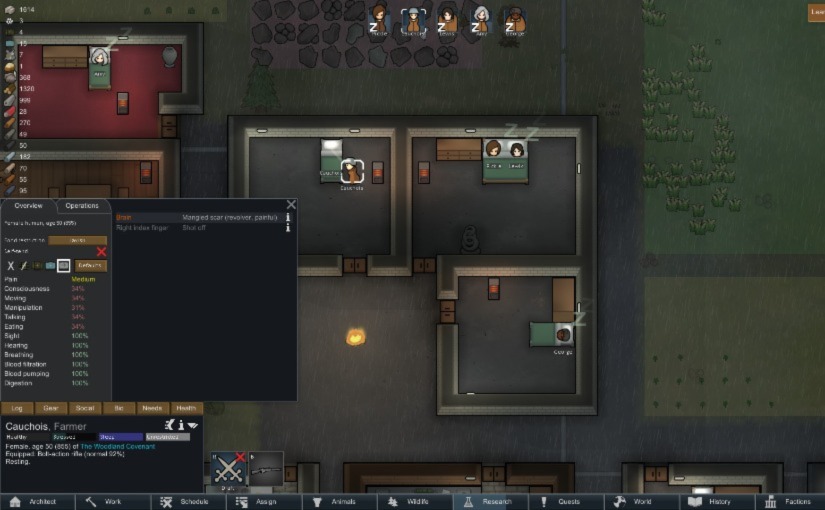
The environment textures are very lacking as well. I immediately downloaded a mod that sharpens up the textures but you’re still going to be looking at basic, bare minimum visuals for the entirety. It’s fine, it is what it is, I wish there was a more appealing visual solution for a million-selling game, but I signed up for the addictive progression-based gameplay, the situations that can arise, and the stories that can play out.
RimWorld nails all of that stuff, especially if you’re brave and play on the harder difficulties. It’s the sort of game that generates water cooler talk. If you’re lucky enough to have a pal who also plays the game, you’ll be regaling each other with tales of tribal raids, cold snaps, giant insect infestations and killer guinea pig attacks for months to come.
A few years back, my wife and I used to play The Sims 3 a lot. We had completely different play-styles. She would create the perfect Sim, take total control of their lives, get them to work every morning, and try to make them as happy and fulfilled as possible (that’s if she ever got past meticulously creating said Sim’s perfect abode with the infinite money cheat). I would create a household of three or four, give them a mixture of good and bad traits, give the AI the maximum amount of control and just let events unfold, only intervening if I absolutely needed to.
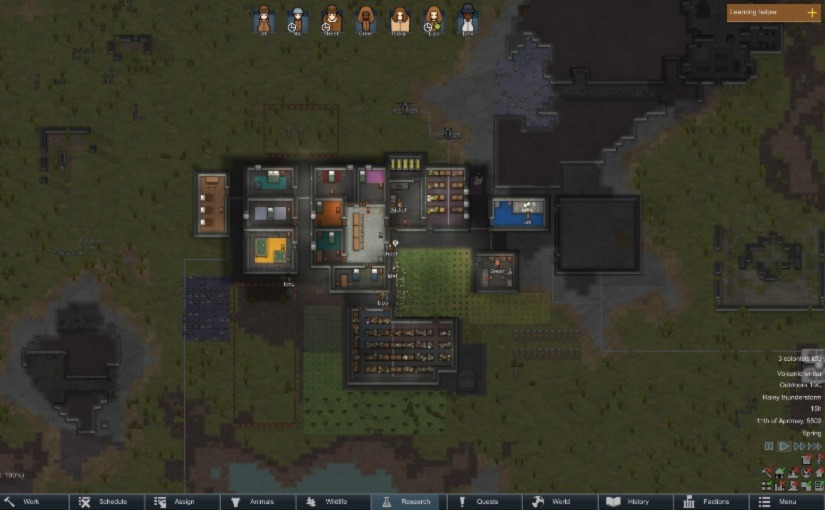
RimWorld really rewards players who are somewhere in between the two. You’ll have to be in control to ensure your colonists survive the raids, harsh winters and other such dangerous occurrences the computer will throw at you, but rolling with the game’s mischievous tendencies to throw seemingly insurmountable odds at you is essential to really experiencing what RimWorld has to offer. It’s a story creator, and sometimes said stories may be tragic or hopeless, but they’re always fascinating. If you’re the type of player who would quit and reload if your favourite colonist got his arm ripped off by a passing warg, then this game isn’t for you. You’ve got to accept the rough as well as the smooth to get the ultimate RimWorld experience, and you’ll probably need lots of time to spare, too.
At only thirty hours and three colonies deep, I don’t really feel qualified to review RimWorld. I’ve not come anywhere near the endgame, and have barely scratched the surface of what this indie gem has to offer. However, I can say some things for certain already; this game is meticulously crafted, addictive, near-limitless in breadth, often melancholic in tone, and chock full of little potato people. It’s definitely got a-peel.

